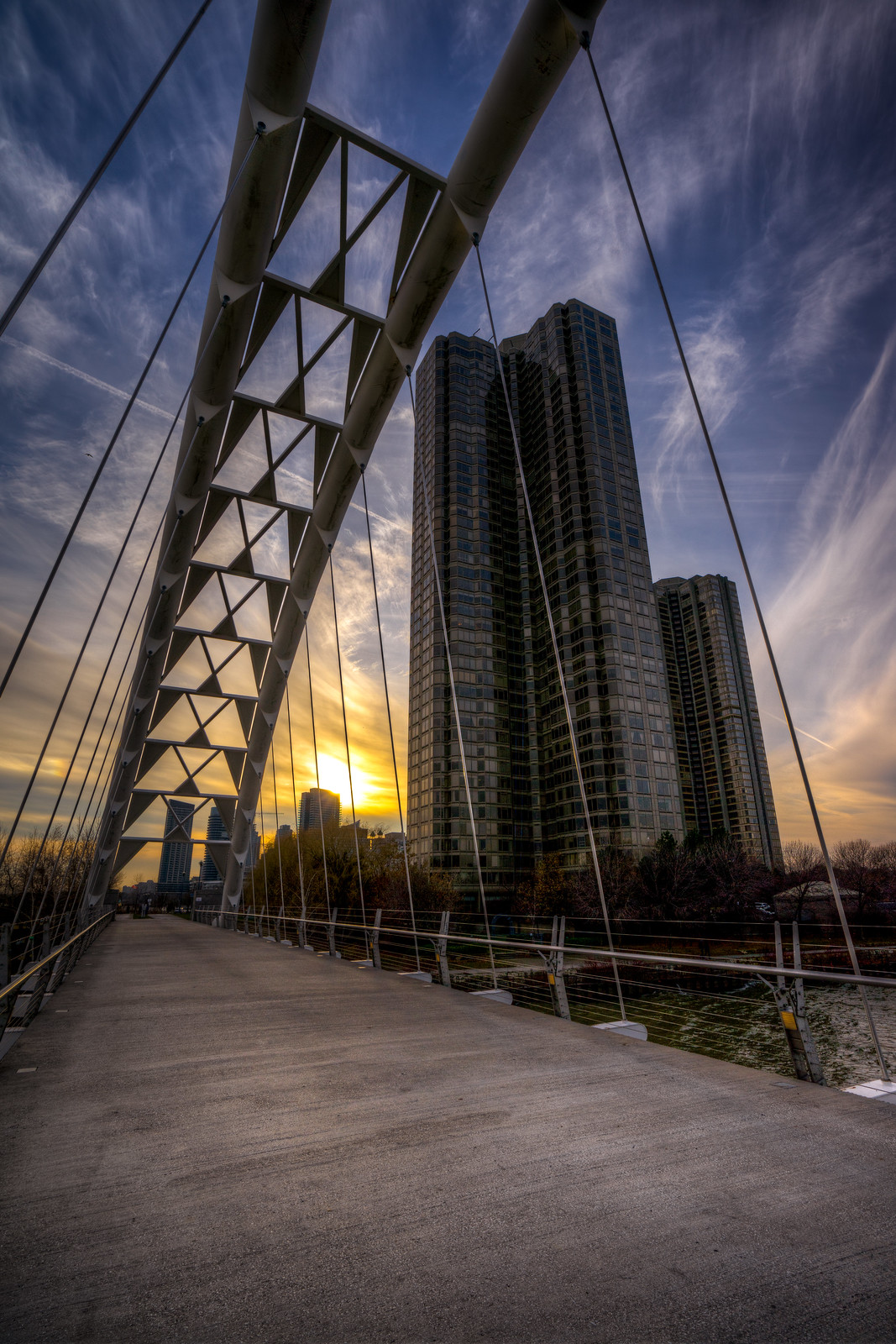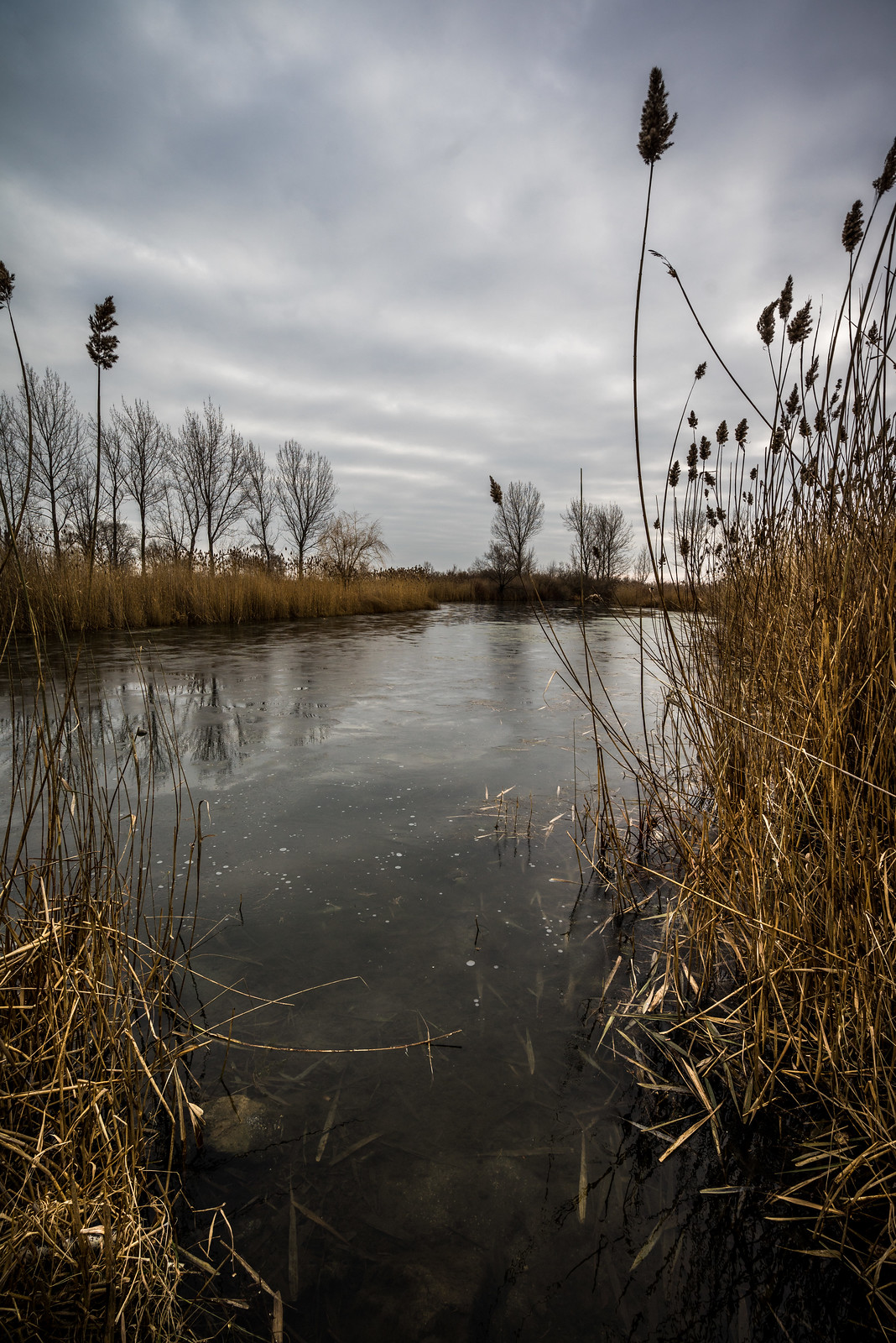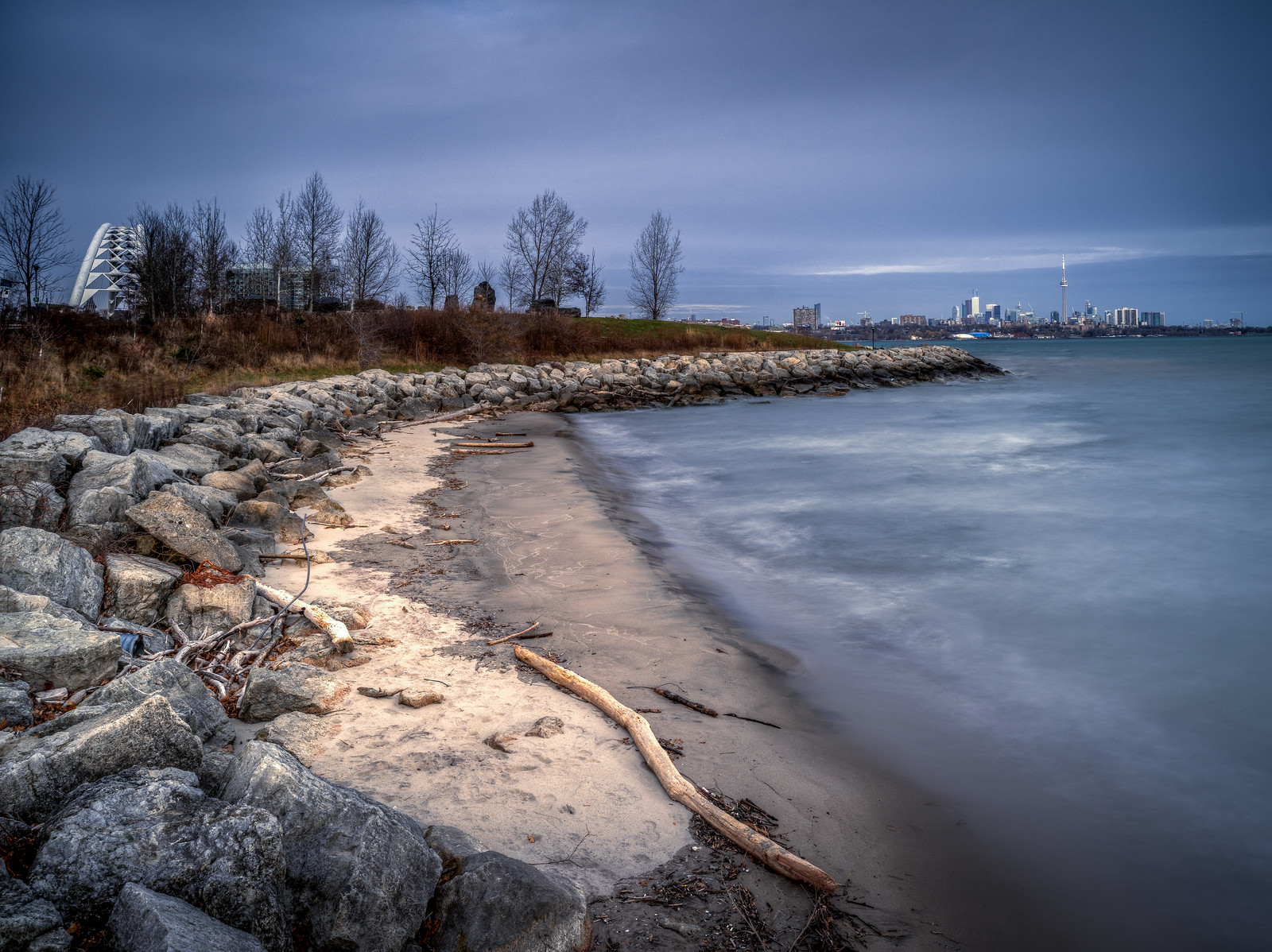The GetDPI Photography Forum
Great to see you here. Join our insightful photographic forum today and start tapping into a huge wealth of photographic knowledge. Completing our simple registration process will allow you to gain access to exclusive content, add your own topics and posts, share your work and connect with other members through your own private inbox! And don’t forget to say hi!
Sony FE 16-35/f4
- Thread starter dwood
- Start date
iiiNelson
Well-known member
Sony has quietly always been known for great color production from it's users. I knew of the common brands that Sony had the best colors to me and that was the direction I was going when I "needed" a DSLR to supplement the limitations of my M system.Sergio, that colour shows very nicely what these sony cameras do with good quality optics. Its rich, subtle, beautifully balanced and completely unlike what people ascribed to digital capture only a few years back. I noticed it right from the get-go with my A7 and A7R.
I didn't know that a FF mirrorless would be available this soon but it made plenty of sense for me to go the Sony direction for the versatility compared to my M9/M9-P. Sadly not all of my M lenses performed quite as well as I hoped (particularly the 24 Elmar ASPH which is a very underrated M lens due to the lack of speed) but I had great options between the some of my Leica, Zeiss, Voigtlander, and Contax lenses.
sergio lovisolo
Member
I had the same impression.The lens rendering seems also much more Leica,particularly pre ASPH, than Zeiss.Sergio, that colour shows very nicely what these sony cameras do with good quality optics. Its rich, subtle, beautifully balanced and completely unlike what people ascribed to digital capture only a few years back. I noticed it right from the get-go with my A7 and A7R.
f 10
New member
That's right.The good part is that there are plenty of great 35mm lenses out there.
I will use the lens on your next holiday (end of December) almost exclusively. After that, I will look which focal length i used how often.
Then I decide if I will buy a good Prime like a 24mm (Samyang) or 35mm (Voigtländer).
Actually, I prefer a 1.4 / 28mm. The Leica ruled out because of the price.
iiiNelson
Well-known member
Honestly I just need the lens to be great at 16-25mm to hold me over on the 28/2and 21mm teleconverter. I have the 35/1.2 Nokton II which is great and Guy's old Sigma 35/1.4 in A-mount for AF duties.That's right.
I will use the lens on your next holiday (end of December) almost exclusively. After that, I will look which focal length i used how often.
Then I decide if I will buy a good Prime like a 24mm (Samyang) or 35mm (Voigtländer).
Actually, I prefer a 1.4 / 28mm. The Leica ruled out because of the price.
f 10
New member
I have used an M8 for 7 years before I bought the Sony. With the same lenses I´m often happier than before.I had the same impression.The lens rendering seems also much more Leica,particularly pre ASPH, than Zeiss.
Bob Parsons
New member
There's about 3-4mm clearance between the front of the glass and the level of the rim. Hoya HD filters work fine with no vignetting even at f22 and infinity focus. I don't know how thick the rim of the filter can be without a problem but I've noticed that the lens entrance pupil is someway into the lens barrel so the filter front rim may not be able to be much thicker than that of the Hoya's 4.3mm.I have a question. Does the front lens element protrude very far if at all? Just curious about how adaptable it is to use lens filters.
The Lee 100mm filter system with 2 slots, wide angle adapter, plus slim "Landscape" 105mm polariser does not vignette at 16mm (only just OK) which is good news.
Bob.
Last edited:
Bob Parsons
New member
To add to my previous post:
I've just used the 100mm Lee filter system with polariser on another A7R and another FE 16-35, that combination just started to vignette (almost undetectable), as I said it's very close. Lens manufacturing tolerances and sensor positioning do make a difference.
I know if you use the Lee two slot wide angle hood with polariser there is a small amount of vignetting. The plate on which the hood is mounted moves the 105mm polariser sufficiently far forward to cause this.
Bob.
I've just used the 100mm Lee filter system with polariser on another A7R and another FE 16-35, that combination just started to vignette (almost undetectable), as I said it's very close. Lens manufacturing tolerances and sensor positioning do make a difference.
I know if you use the Lee two slot wide angle hood with polariser there is a small amount of vignetting. The plate on which the hood is mounted moves the 105mm polariser sufficiently far forward to cause this.
Bob.
Last edited:
Guy Mancuso
Administrator, Instructor
I rented this lens and in hand right now. So far I like the size and weight very much. It handles nicely too. I only causally shot a few frames with it and looks pretty good so far. It looks like the wide end of it maybe the best part. That is highly unusually for a zoom as almost every zoom I have met has there troubles on the widest side. Will see how it goes for the week
iiiNelson
Well-known member
How's that lens working out in C1P8?I rented this lens and in hand right now. So far I like the size and weight very much. It handles nicely too. I only causally shot a few frames with it and looks pretty good so far. It looks like the wide end of it maybe the best part. That is highly unusually for a zoom as almost every zoom I have met has there troubles on the widest side. Will see how it goes for the week
thompsonkirk
Member
Impressive, Chris. Wanna trade it for a WATE? 
Very tempting Kirk. But I'm starting to like this lens. Here is another one. Best sharpness I have gotten so far with this lens. I'm starting to think there is a bit of learning curve coaxing the max sharpness out of it.Impressive, Chris. Wanna trade it for a WATE?
f11, 85s, 16mm, ISO 100, on tripod with 10-stop ND:
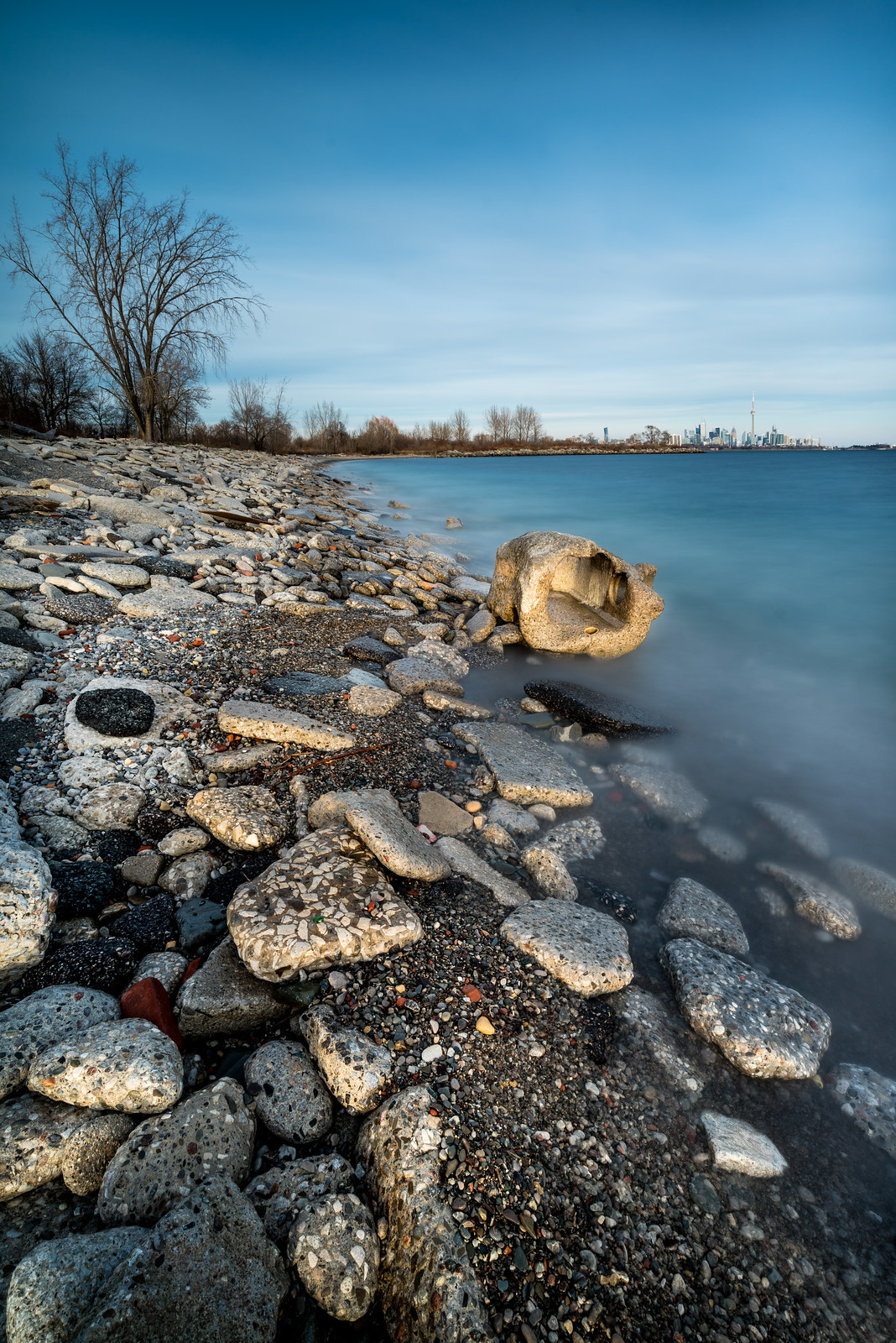
I have been reading that the long end of this lens is somewhat below par, so I shot a series to see how the lens performs at the various focal lengths. I shot at all apertures but I am including only the f8 shots. I find these results to show a very solid performance at all focal lengths. I set the manual focus on the rail in each shot. These images were RAW with minimal processing in Aperture 3.
@16mm
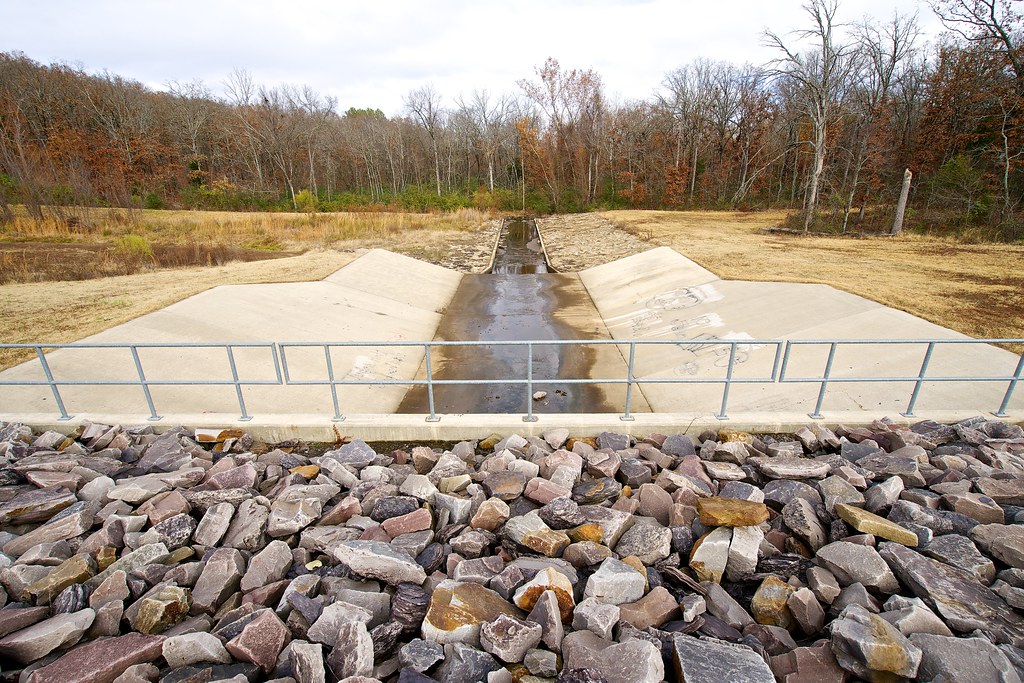
Camera Model: ILCE-7
Lens: Sony FE 16-35mm F4.0 ZA OSS
Focal Length: 16 mm
Aperture: f/8.0
Exposure Time: 0.004 sec (1/250)
ISO: 320
@19mm
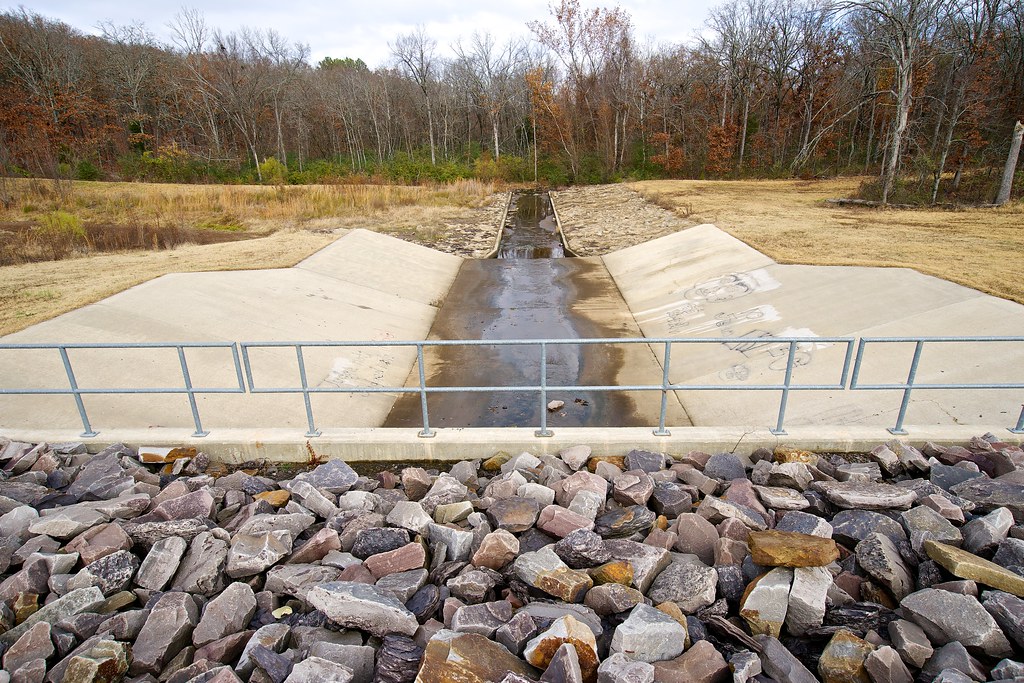
Camera Model: ILCE-7
Lens: Sony FE 16-35mm F4.0 ZA OSS
Focal Length: 19 mm
Aperture: f/8.0
Exposure Time: 0.004 sec (1/250)
ISO: 320
@24mm
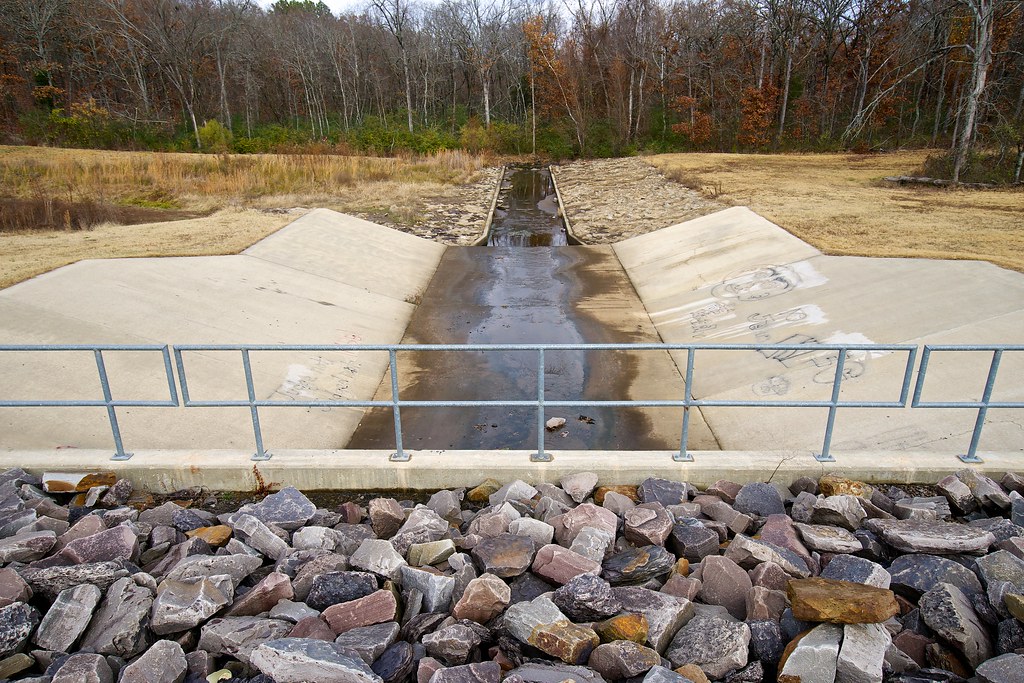
Camera Model: ILCE-7
Lens: Sony FE 16-35mm F4.0 ZA OSS
Focal Length: 24 mm
Aperture: f/8.0
Exposure Time: 0.003 sec (1/320)
ISO: 320
@28mm

Camera Model: ILCE-7
Lens: Sony FE 16-35mm F4.0 ZA OSS
Focal Length: 28 mm
Aperture: f/8.0
Exposure Time: 0.003 sec (1/320)
ISO: 320
@35mm

Camera Model: ILCE-7
Lens: Sony FE 16-35mm F4.0 ZA OSS
Focal Length: 35 mm
Aperture: f/8.0
Exposure Time: 0.003 sec (1/400)
ISO: 320
@16mm

Camera Model: ILCE-7
Lens: Sony FE 16-35mm F4.0 ZA OSS
Focal Length: 16 mm
Aperture: f/8.0
Exposure Time: 0.004 sec (1/250)
ISO: 320
@19mm

Camera Model: ILCE-7
Lens: Sony FE 16-35mm F4.0 ZA OSS
Focal Length: 19 mm
Aperture: f/8.0
Exposure Time: 0.004 sec (1/250)
ISO: 320
@24mm

Camera Model: ILCE-7
Lens: Sony FE 16-35mm F4.0 ZA OSS
Focal Length: 24 mm
Aperture: f/8.0
Exposure Time: 0.003 sec (1/320)
ISO: 320
@28mm

Camera Model: ILCE-7
Lens: Sony FE 16-35mm F4.0 ZA OSS
Focal Length: 28 mm
Aperture: f/8.0
Exposure Time: 0.003 sec (1/320)
ISO: 320
@35mm

Camera Model: ILCE-7
Lens: Sony FE 16-35mm F4.0 ZA OSS
Focal Length: 35 mm
Aperture: f/8.0
Exposure Time: 0.003 sec (1/400)
ISO: 320
Last edited:
mjm6
Member
Anyone done a comparison to the Leica 19mm II or the Leica 28mm II lenses?
I'm thinking I can finally sell those two for a single zoom lens. That will lighten the ultra-wide end considerably in the bag, but unfortunately make my wallet a lot heavier?! Hahaha...
Of course, that will also be the beginning of the end for the a900 in the bag as well... need a new a7r II to come out very soon, and it better have a better screen, no light leaks in the lens mount, and also make a great cup of espresso.
---Michael
I'm thinking I can finally sell those two for a single zoom lens. That will lighten the ultra-wide end considerably in the bag, but unfortunately make my wallet a lot heavier?! Hahaha...
Of course, that will also be the beginning of the end for the a900 in the bag as well... need a new a7r II to come out very soon, and it better have a better screen, no light leaks in the lens mount, and also make a great cup of espresso.
---Michael
sergio lovisolo
Member
I did. Clearly, both are better, for color transparency, contrast, corner sharpness and, obviously they are 2,8. In particular, as you know having it, the 28 from full open eoutresolves
the
sensor of the a7r on a large part of the image,and, at F8, generates moirè till extreme corners.(probably the sharpest 28 ever built)
But... quality advantage is less than one could think. The 16-35 considering also all other
advantages, is very near. As you do, I am also wandering..
Sergio
the
sensor of the a7r on a large part of the image,and, at F8, generates moirè till extreme corners.(probably the sharpest 28 ever built)
But... quality advantage is less than one could think. The 16-35 considering also all other
advantages, is very near. As you do, I am also wandering..
Sergio
k-hawinkler
Well-known member
Is that a correct statement?I did. Clearly, both are better, for color transparency, contrast, corner sharpness and, obviously they are 2,8. In particular, as you know having it, the 28 at F8 out resolves the sensor of the a7r on a large part of the image,and, at F8, generates moirè till extreme corners.(probably the sharpest 28 ever built)
But... quality advantage is less than one could think. The 16-35 considering also all other
advantages, is very near. As you do, I am also wandering..
Sergio
I thought a better lens gives a better image on a given sensor.
And vice versa a better sensor gives a better image with a given lens.
So it's the combination that counts.
Therefore my question. TIA.
sergio lovisolo
Member
K-H, the reply to your question, to avoid to be generic, is neither simple nor short, and requires to cite Nyqvist's theorem, spatial frequency etc.Is that a correct statement?
I thought a better lens gives a better image on a given sensor.
And vice versa a better sensor gives a better image with a given lens.
So it's the combination that counts.
Therefore my question. TIA.
In practice, let's put the thing this way, if you agree.
A sensor has a resolution that is strictly related the number of pixels in a
defined surface, (pixel density). That resolution can be measured in Line pairs per mm, and in the case of a7r this value is approx. 100 for vertical and horizontal lines. (a little less for oblique)
If the lens has a resolution greater than 100, the part exceeding 100 cannot be
correctly recorded by the sensor, and creates aliasing, better known by photographer as moirè. everytime you see aliasing on a digital image, you know that the lens has more resolution than the sensor. When the sensor reaches its limit, it can no more cooperate with the lens to produce a better image.
I do this measurement with every new lens I get.
If you want, (I esitate to show resolution targets in this forum :sleep006
I can show how I proceed.
Sergio
mjm6
Member
Sergio's info is correct as I see it, but as he also said, the difference may be getting pretty small with this lens.K-H, the reply to your question, to avoid to be generic, is neither simple nor short, and requires to cite Nyqvist's theorem, spatial frequency etc.
In practice, let's put the thing this way, if you agree.
A sensor has a resolution that is strictly related the number of pixels in a
defined surface, (pixel density). That resolution can be measured in Line pairs per mm, and in the case of a7r this value is approx. 100 for vertical and horizontal lines. (a little less for oblique)
If the lens has a resolution greater than 100, the part exceeding 100 cannot be
correctly recorded by the sensor, and creates aliasing, better known by photographer as moirè. everytime you see aliasing on a digital image, you know that the lens has more resolution than the sensor. When the sensor reaches its limit, it can no more cooperate with the lens to produce a better image.
I do this measurement with every new lens I get.
If you want, (I esitate to show resolution targets in this forum :sleep006
I can show how I proceed.
Sergio
The draw of a lens built for the sensor, having all the proper electronics, etc. is also appealing.
I tend to be a fixed focal length kind of person, but for the lesser used lenses, it seems foolish to be carrying these things around when a zoom will perform as well in most practical purposes.
Thanks for the feedback Sergio... I'd love to see some comparisons of the three lenses, but if you want to keep them of the interwebs, let me know, and we can have a direct conversation on it.
I don't blame you for not wanting to post any sharpness testing! You don't want anyone to blame you of being too much of a pixel peeper. Hahaha...
---Michael

